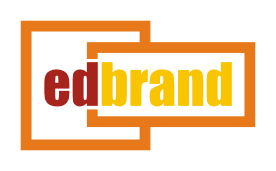In this article, the author explores a new field of medical study – personalized medicine, which is tailor made to the patient’s needs. It takes into account the patient’s medical history, genetic history and sometimes even as much as the sequence of the patient’s genome. Medical professionals seek advice from patients, bioethicists, civil libertarians in order to find the best way to fulfill this while taking care of the matter of privacy. The author fears that the advent of this new technology would lead to a significant rise in healthcare costs. In a country where a simple illness can often be a death sentence due to the exorbitant cost of treatment, this does not bode well. Yet, the author feels that the pros outweigh the cons, and that such research should be expedited at any rate.
Read an excerpt of the article written by the Editorial Board:
President Obama’s new budget contains a farsighted proposal that could ultimately transform the practice of American medicine. The proposal seeks to design treatments for the individual, which are sometimes called ‘‘personalized medicine’’ or ‘‘precision medicine’’ to distinguish them from the one-size-tries-to-fit-all approach. For example, about 4 percent of all cystic fibrosis cases are caused by a particular mutation in one gene. The disease clogs the lungs with thick mucus; a drug that targets the mutation lets patients breathe easily. Drugs have also been used to treat a number of cancers that stem from genetic defects, including an aggressive form of breast cancer. This new way of looking at diseases is not limited to genes but examines environmental factors as well. Federal officials say researchers plan to collect data on a person’s diet, exercise, smoking history, exposure to toxins and populations of micro-organisms in and on the body. They will be seeking medical records, laboratory test results, medication histories and even physiological monitoring by mobile phones. The White House will seek advice from patients, bioethicists, civil libertarians and others on how to do this while preserving patient privacy. ... read more
